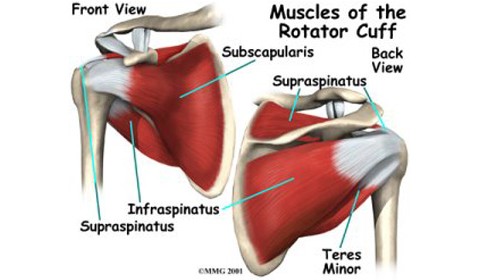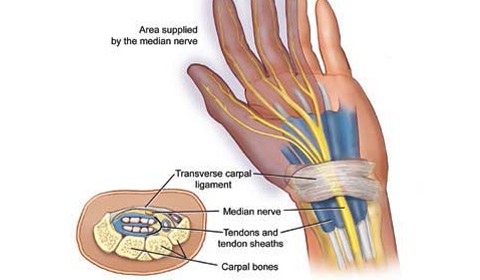TORN MENISCUS
ANATOMY AND MECHANISM A meniscus is a C-shaped piece of cartilage that acts as a shock absorber of the knee, protecting the bones from wear and tear. There are 2 menisci in each knee joint, 1 one either side. Meniscal tears usually occur as a result of twisting movements, where the foot remains planted
Read more

